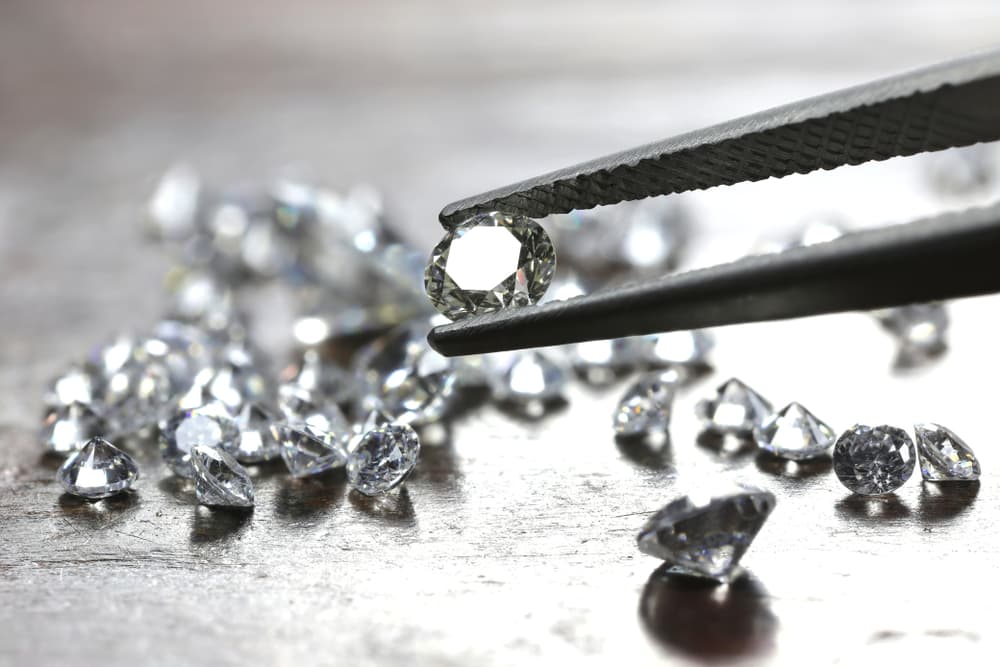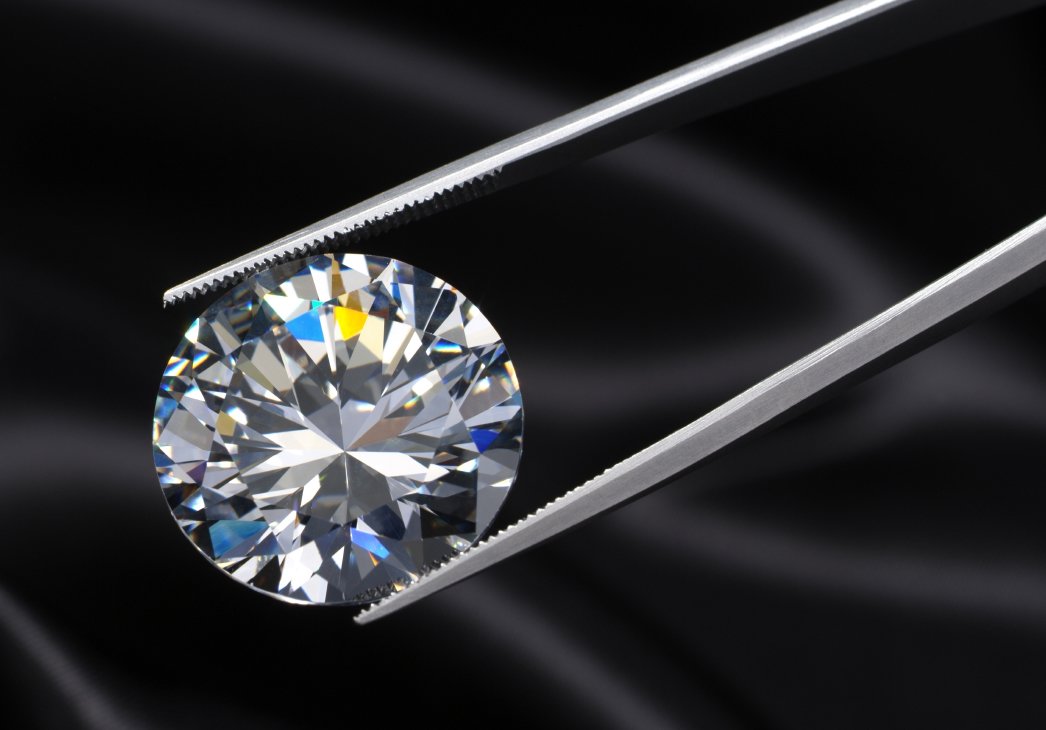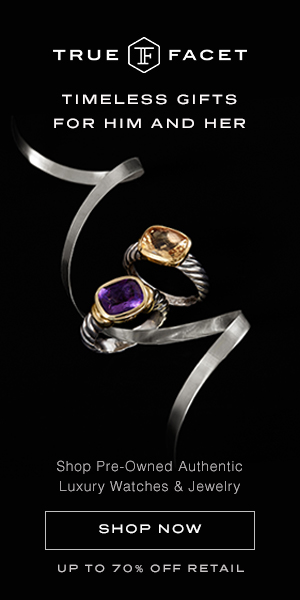Diamond Alternatives? Here’s the Shocking Truth About What You’re Really Paying For
“You’re not paying for sparkle — you’re paying for a myth.”
For decades, diamonds have been marketed as symbols of love, luxury, and status. But what if the “perfect” diamond is just a clever illusion? The truth is, diamonds are artificially scarce , emotionally manipulated , and wildly overpriced .
The average engagement ring costs over $5,000 , yet the actual value of the diamond inside is often a fraction of that price. Enter diamond alternatives : affordable, ethical, and stunning options that challenge everything you’ve been told about diamonds.
Let’s uncover the shocking truth about what you’re really paying for — and why diamond substitutes might be the smarter choice.
Why Real Diamonds Are Overpriced: The Truth You’re Not Told

Marketing vs. Value
In the 1940s, De Beers launched the iconic “A Diamond Is Forever” campaign, convincing generations that diamonds are essential for proposals. The result? A monopoly that artificially inflated prices. Today, diamonds are not rare — they’re tightly controlled to seem rare.
The Mining Markup
- Conflict diamonds : 1 in 4 mined diamonds fund wars or human rights abuses (source: Global Witness).
- Environmental damage : Mining a single carat diamond displaces 100 square feet of land and uses 126 gallons of water .
- Retail markup : A $5,000 diamond ring might cost just $1,500–$2,500 wholesale .
Emotional Pricing
Couples overspend on diamonds because of societal pressure. But here’s the kicker: lab-grown diamonds and moissanite look identical and cost up to 90% less .
Diamond Substitute Spotlight: What You’re Really Paying For
A diamond substitute isn’t “fake” — it’s a smart alternative that mimics the sparkle and durability of mined diamonds without the inflated cost.
Key Benefits of Diamond Alternatives
- Affordability : Save thousands while getting the same look.
- Ethics : Avoid funding conflict zones or environmental harm.
- Durability : Many alternatives (e.g., moissanite) are harder than diamonds.
Myth Busting
Contrary to popular belief, modern diamond substitutes aren’t cheap plastic. High-quality options like lab-grown diamonds and moissanite are indistinguishable from mined stones to the naked eye.
The Best Diamond Alternatives: A Brutally Honest Comparison
STONE |
PRICE VS. DIAMOND |
DURABILITY |
SPARKLE |
ETHICAL |
| Moissanite | 90% cheaper | 9.25 | More fire | Yes |
| Lab-Grown Diamond | 50% cheaper | 10 | Same | Yes |
| White Sapphire | 80% cheaper | 9 | Less | Yes |
| Cubic Zirconia | 99% cheaper | 8 | Clouds over time | No |
Why These Are the Best Alternatives to Diamonds
- Moissanite : Best for sparkle and durability.
- Lab-Grown Diamonds : Chemically identical to mined diamonds.
- White Sapphire : Classic look with fewer ethics concerns.
Diamond vs. Alternatives: Cost & Value Breakdown
FEATURE |
NATURAL DIAMOND |
MOISSANITE |
LAB GROWN DIAMOND |
CUBIC ZICONIA |
WHITE SAPPHIRE |
| Cost | $3,000–$10,000+ | $300–$1,500 | $1,000–$3,000 | $20–$100 | $200–$800 |
| Durability | 10 (Mohs Scale) | 9.25 | 10 | 8 | 9 |
| Sparkle | High (Classic) | High + Fire | High (Identical) | Moderate (Clouds Over Time) | Low (Subtle) |
| Ethical? | Often Conflict-Linked | Lab-Created | Lab-Created | Generally Ethical | Mined but Low-Impact |
| Environmental Impact | High (Mining Damage) | Low (Lab-Grown) | Low (Lab-Grown) | Low (Lab-Grown) | Moderate (Mining) |
Cheaper Diamond Alternatives: What You Save (and Sacrifice)
Budget Breakdown
- $10–$100 : Cubic zirconia (CZ) or glass. Ideal for fashion jewelry but won’t last.
- $100–$500 : Moissanite or synthetic sapphires. Great for everyday wear.
- $500–$2,000 : Lab-grown diamonds. Indistinguishable from mined stones.
The Trade-Off
Cheaper options like CZ lose clarity over time. Invest in affordable diamond alternatives for long-term value.
Ethical & Environmental Impact: The Unspoken Cost of Diamonds

Conflict Diamonds
Despite the Kimberley Process, 15% of diamonds still originate from conflict zones (source: Amnesty International).
Lab-Grown Ethics
70% of millennials prefer diamond alternative jewelry for its sustainability. Lab-grown diamonds use:
- 5x less water
- 5x less CO2 emissions
Your Choice Matters
Switching to a diamond alternative isn’t just cheaper — it’s a stand against exploitation and environmental harm.
Buyer’s Guide: What Is the Best Diamond Alternative?
Step 1: Define Your Priorities
- Budget: Can you spend $100 or $1,000?
- Sparkle: Do you want fire like a diamond (closest to diamond )?
- Ethics: Avoid mined diamonds entirely?
Step 2: Match Your Needs
- Best substitute for diamond : Lab-grown diamonds or moissanite.
- Next best thing to diamonds : High-quality CZ for short-term use.
Step 3: Ask the Right Questions
- Is the stone lab-certified?
- Does the seller offer a lifetime warranty?
Conclusion: Stop Paying for the Diamond Myth
You’re not buying sparkle — you’re paying for a marketing campaign that started in the 1940s. The real value lies in diamond alternatives that save you money, protect the planet, and still make your heart skip a beat.
Ready to ditch the myth and embrace the future of jewelry? Explore our top-rated best diamond alternatives and find your perfect match.







